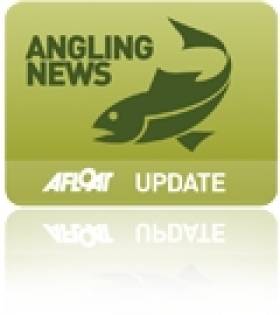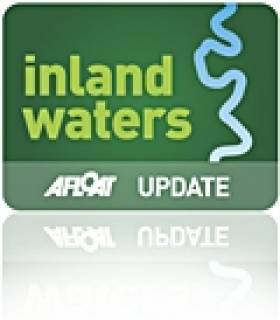Displaying items by tag: Loughrea Lake
#Angling - The World Youth Fly Fishing Championship is coming to Ireland's border region next month.
And as the Carrick Times reports, Carrickfergus in Co Antrim is looking forward to hosting part of the event at the Woodford Fly Fishery.
What's more, local lad and Woodford member Darren Crawford will be among the all-Ireland fly fishing squad vying for the international title at the event, co-sponsored by the Loughs Agency and Inland Fisheries Ireland.
Rivers and lakes hosting the competition are spread over the counties of Antrim, Louth, Monaghan, Meath and Tyrone.
In other inland fisheries news, Galway Bay FM reports that testing carried out after a fish kill in Loughrea Lake last month found no evidence of any bacterial or viral outbreak.
The cause of the incident that killed 100 perch in the lake are still unclear, though stresses connected with the spawning season are a distinct possibility.
Loughrea Lake Fish Kill Investigated
#FishKill - Galway Bay FM reports on an investigation into a fish kill discovered in Loughrea Lake yesterday 12 May.
Inland Fisheries Ireland staff have attended the scene after being alerted by the public, discovering some 100 dead perch in the water.
However, it is believed the fish died as a result of a natural phenomenon, as no dead fish of any other species was found.
Such mortalities in the wake of the perch spawning season are not uncommon due to the stresses it puts on the fish, leaving them susceptible to infection.






























































